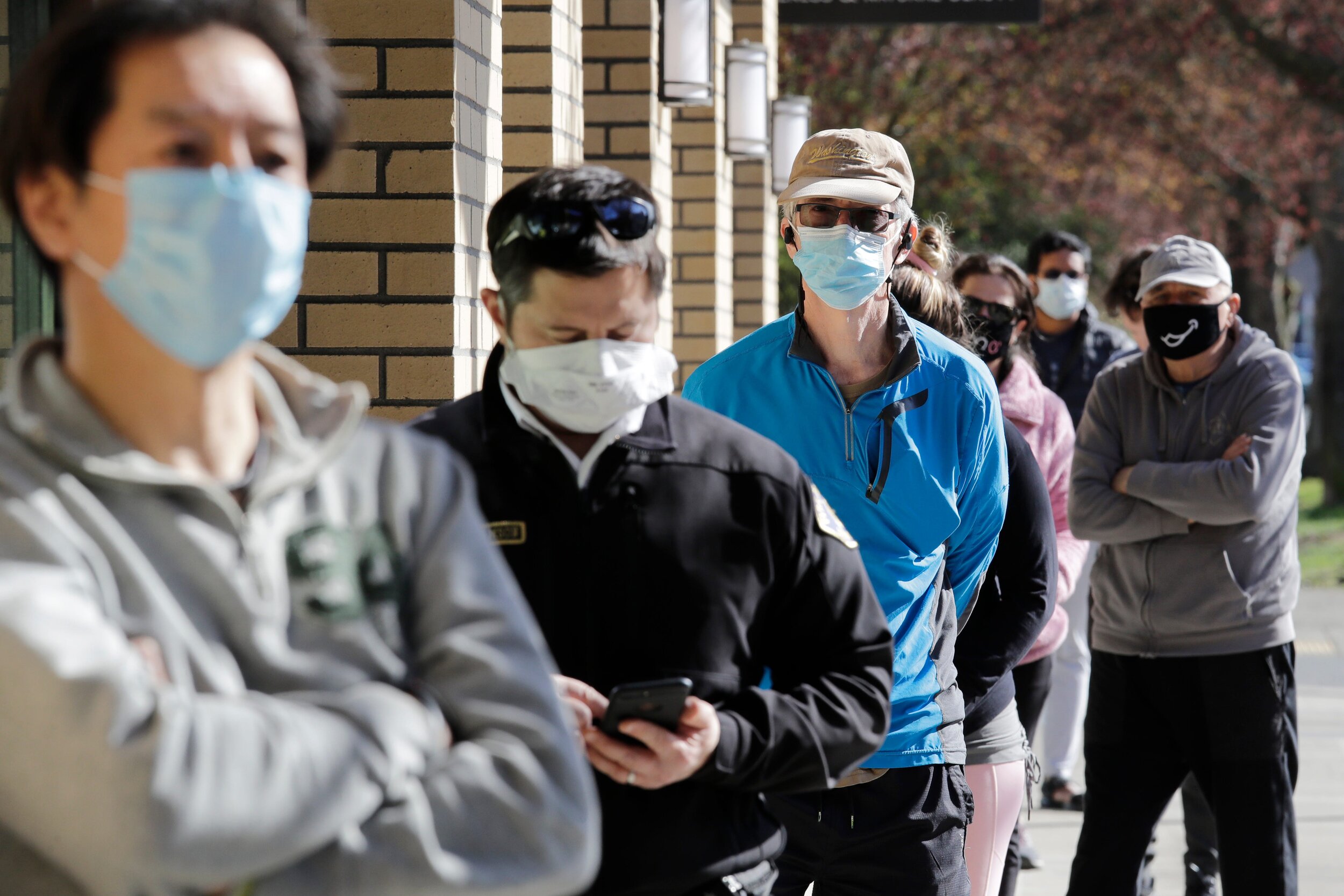How Do Pandemics End?
by Rachel Eisenhart
Pandemics, like the current COVID-19 pandemic, have been happening for centuries. However, they don’t stick around forever. All of this time spent in isolation and all of the new practices that have become commonplace raise the question, “When will all of this end?” Unfortunately, at this time, there is a very loose time frame on when we will get back to life pre-pandemic. Several pharmaceutical companies have created vaccines; however, the general consensus is that they may not be available until spring or summer of 2021. Despite what people may think, the answer is to when this will end not as straightforward as we may hope. There are two ways that a pandemic can end, and often they go hand in hand.
The first way is called a medical end. A medical end is when there are no people left to get sick. The reasons for a medical end can vary from herd immunity, also known as when enough of the population has either been infected and recovered or have received a vaccine that gives them immunity, or with a large death toll like with the Bubonic plague in the 1300s. Pandemics can also medically end when enough people are socially distant that the disease can’t spread from person to person. However, just because a pandemic has medically ended, that doesn’t mean that the disease is eradicated. For example, there have been many resurgences of the Bubonic plague throughout history, including one centered in San Francisco’s Chinatown during the early 1900s.
“In simpler terms, the social end is when people stop fearing the disease in question and learn to coexist with it”
The second way is called a social end. According to Dr. Jeremy Greene, a historian of medicine at Johns Hopkins University, “When people ask, ‘When will this end?,’ they are asking about the social ending.” A social end is when people learn to cope with the virus and coexist with it. It’s when people become less strict with regulations and simply get used to it. In recent months, the media have coined the term “Pandemic Fatigue”. This term suggests that just because the general population is tired of the pandemic, that doesn’t mean by any stretch that it is over. Medical experts have consistently said to continue to wear masks and practice social distancing. In simpler terms, the social end is when people stop fearing the disease in question and learn to coexist with it. It also means that the disease is in no way gone.
“Medical ends and social ends are not an either-or situation, with pandemics often ending socially before medically”
Through analyzing the obstacles faced in the past and the current pandemic, it has become increasingly evident that overcoming one is no easy task. The end of pandemics is a very complicated issue. Medical ends and social ends are not an either-or situation, with pandemics often ending socially before medically. There are no definitive answers to when the COVID-19 pandemic will end, although a medical end can be accelerated by a vaccine. Vaccines, though, can be complicated as well and require many rounds of testing and clinical trials before being released to the general population.
Works Cited:
Kolata, Gina. “How Pandemics End.” The New York Times, The New York Times, 10 May 2020.
TheInfographicsShow. “How Pandemics End.” YouTube, YouTube, 13 Aug. 2020.
“A Science Odyssey: People and Discoveries: Bubonic Plague Hits San Francisco.” PBS, Public Broadcasting Service.


